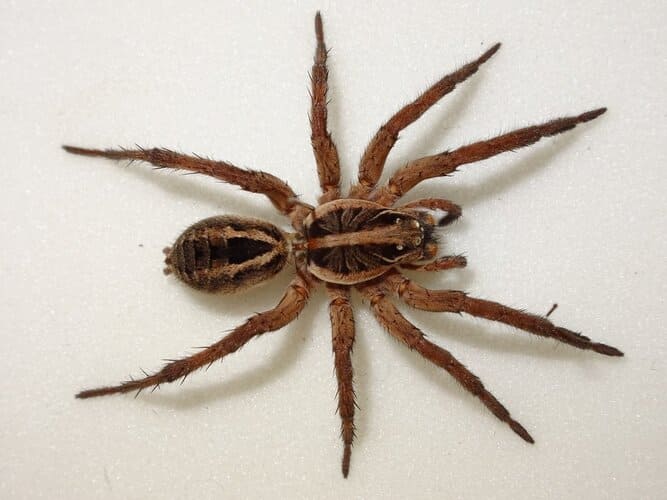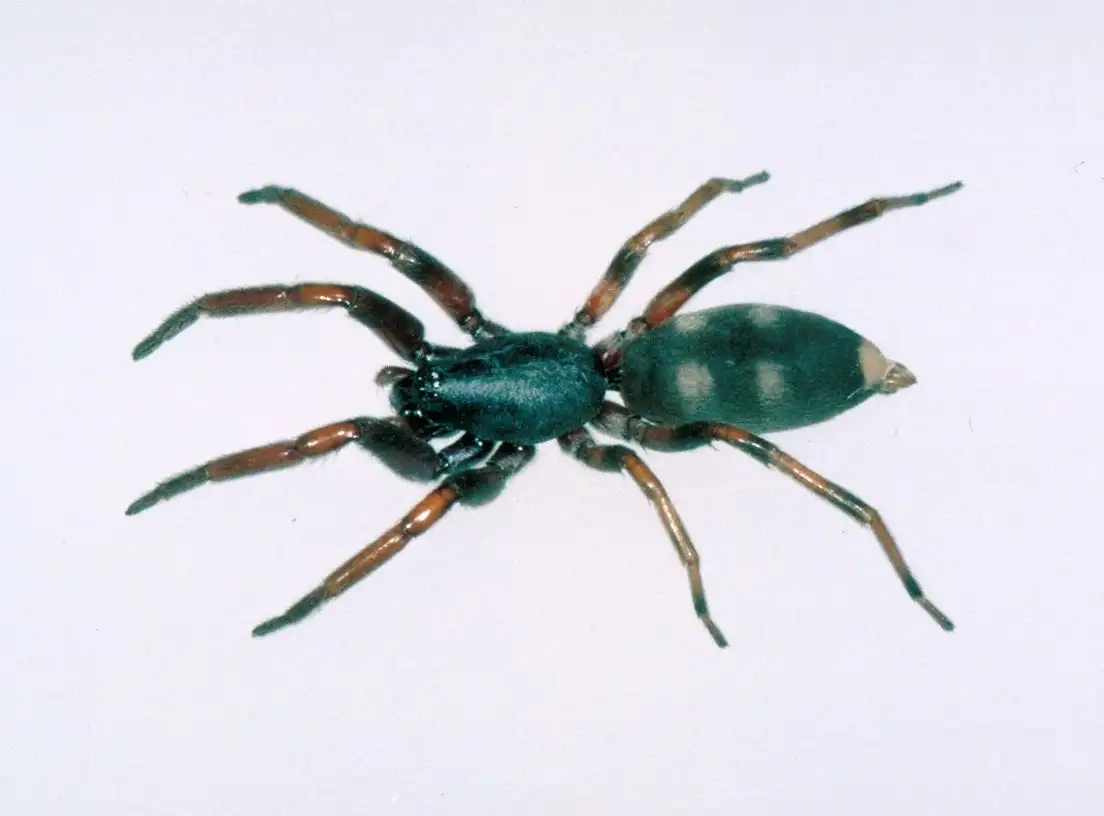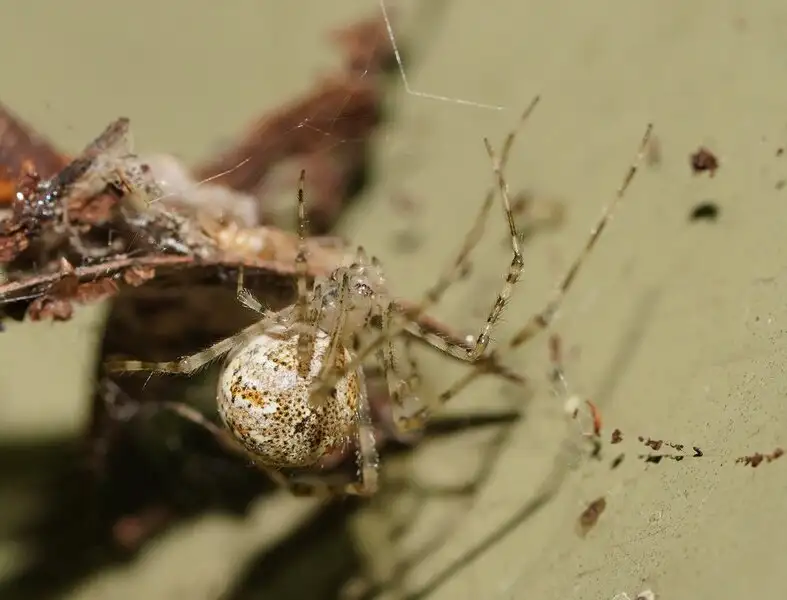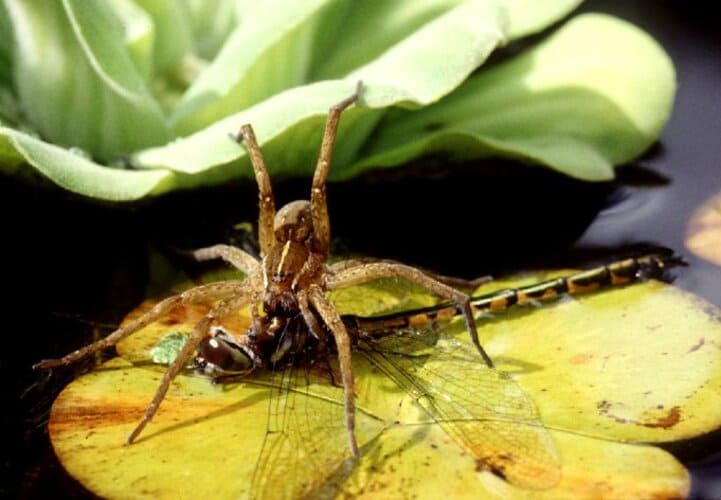Macrobranchium nipponense
IUCN
LCBasic Information
Scientific classification
- name:Macrobranchium nipponense
- Scientific Name:Macrobranchium nipponense,Macrobrachium nipponense
- Outline:Arthropoda
- Family:Decapoda Macrobrachium
Vital signs
- length:1.5~3cm
- Weight:About 5 grams
- lifetime:1-2years
Feature
Distribution and Habitat
It lives in aquatic algae and grass in rivers, lakes, and streams. It is distributed all over the country.
Appearance
The body is slender, and the whole body consists of two parts: the cephalothorax and the abdomen. The segments of the cephalothorax are connected, and the back and sides are covered by the thorax or carapace. The cephalothorax is thick, and the back gradually becomes thinner and narrower. The frontal horn is located in the center of the front part of the cephalothorax, with a straight upper edge and a sharp end. There is a sword-like protrusion at the front of the carapace, 11 to 15 teeth on the upper edge, and 2 to 4 teeth on the lower edge. The body surface has a hard shell, and the whole is composed of 20 segments, 5 segments on the head, 8 segments on the thorax, and 7 segments on the abdomen. There are 5 pairs of walking legs, 2 pairs of which are pincer-shaped, and the last 3 pairs are claw-shaped. The appendages of the 6th abdominal segment have evolved into a powerful tail fan, which plays a role in maintaining the balance of the shrimp body, lifting and retreating.
Details
River shrimps are widely distributed in rivers, lakes, reservoirs and ponds in my country. They are high-quality freshwater shrimps. They have tender meat, delicious taste and rich nutrition. They are high-protein and low-fat aquatic foods and are quite popular among consumers.
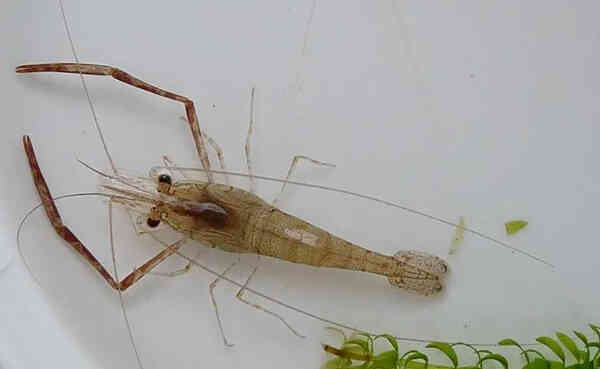
Nutritional value of river shrimp
1. Shrimp is rich in nutrients, and its meat is soft and easy to digest. It is a good food for people who are weak and need to recuperate after illness;
2. Shrimp is rich in magnesium, which plays an important role in regulating heart activity and can protect the cardiovascular system. It can reduce the cholesterol content in the blood, prevent arteriosclerosis, and dilate the coronary artery, which is beneficial for preventing hypertension and myocardial infarction.
3. Shrimp has a strong lactation effect and is rich in phosphorus and calcium, which is especially beneficial for children and pregnant women.
4. Astaxanthin is a very important substance in river shrimp, which is the red component on the surface. Astaxanthin (ASTA for short) is the strongest antioxidant found. The darker the color, the higher the astaxanthin content.
It is widely used in cosmetics, food additives, and medicines. Scientists at Osaka University in Japan have found that astaxanthin in shrimp helps eliminate jet lag caused by jet lag.
5. The whole body or meat of various freshwater shrimps such as the long-arm shrimp family. They are distributed in freshwater lakes and rivers in northern and southern my country. After obtaining, wash and use fresh or dry them for later use. The larger ones can be steamed and peeled for use, also known as dried shrimp.
6. Shrimp contains protein, fat, vitamins A, B1, B2, niacin, calcium, phosphorus, iron and other ingredients.
7. Intravenous injection of shrimp meat extract in dogs can increase the protein concentration in lymph, reduce coagulability, significantly increase the lymph flow in the cerebral duct, and show adenosine phosphate (ATP) in plasma, but no significant increase in histamine.


